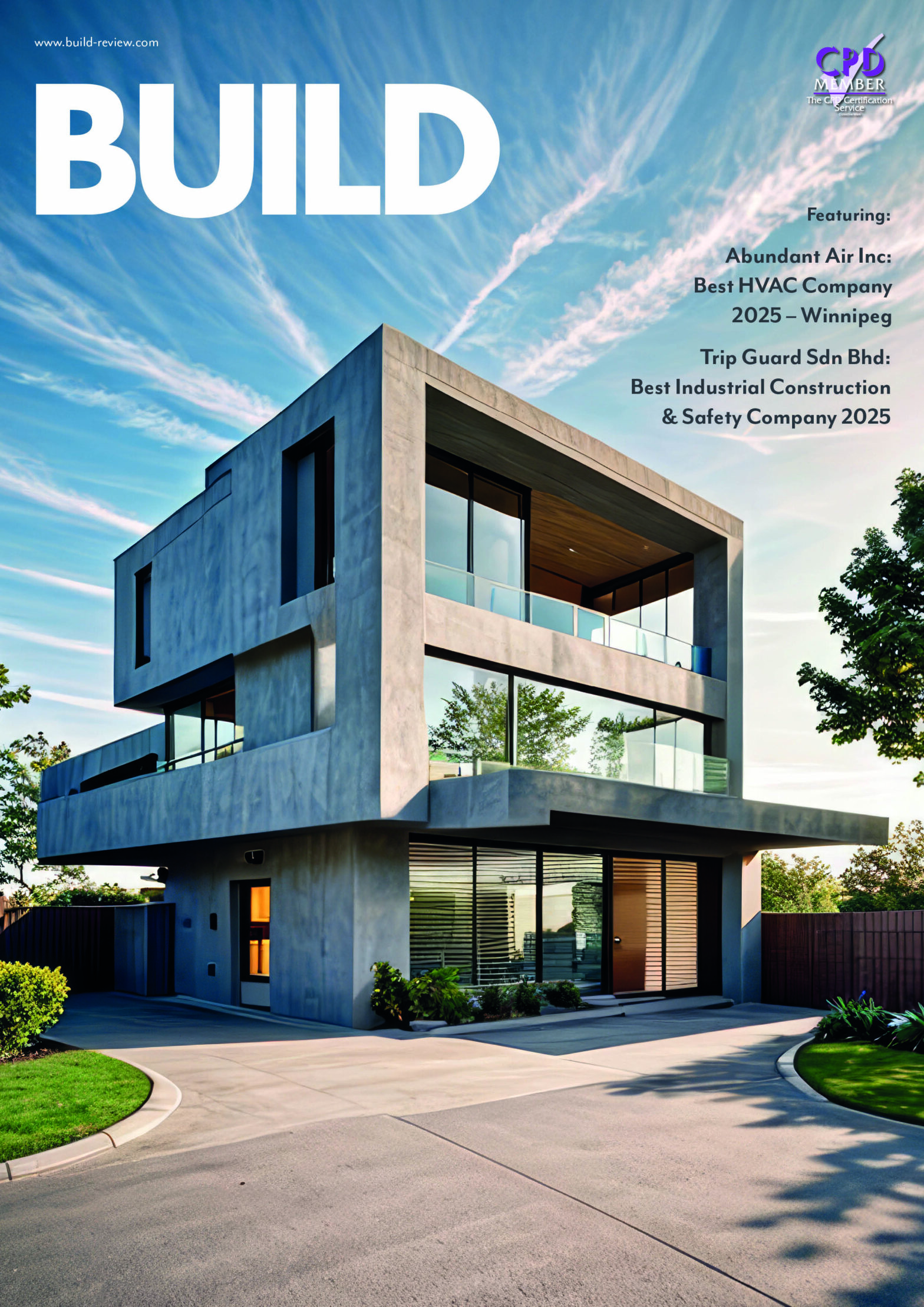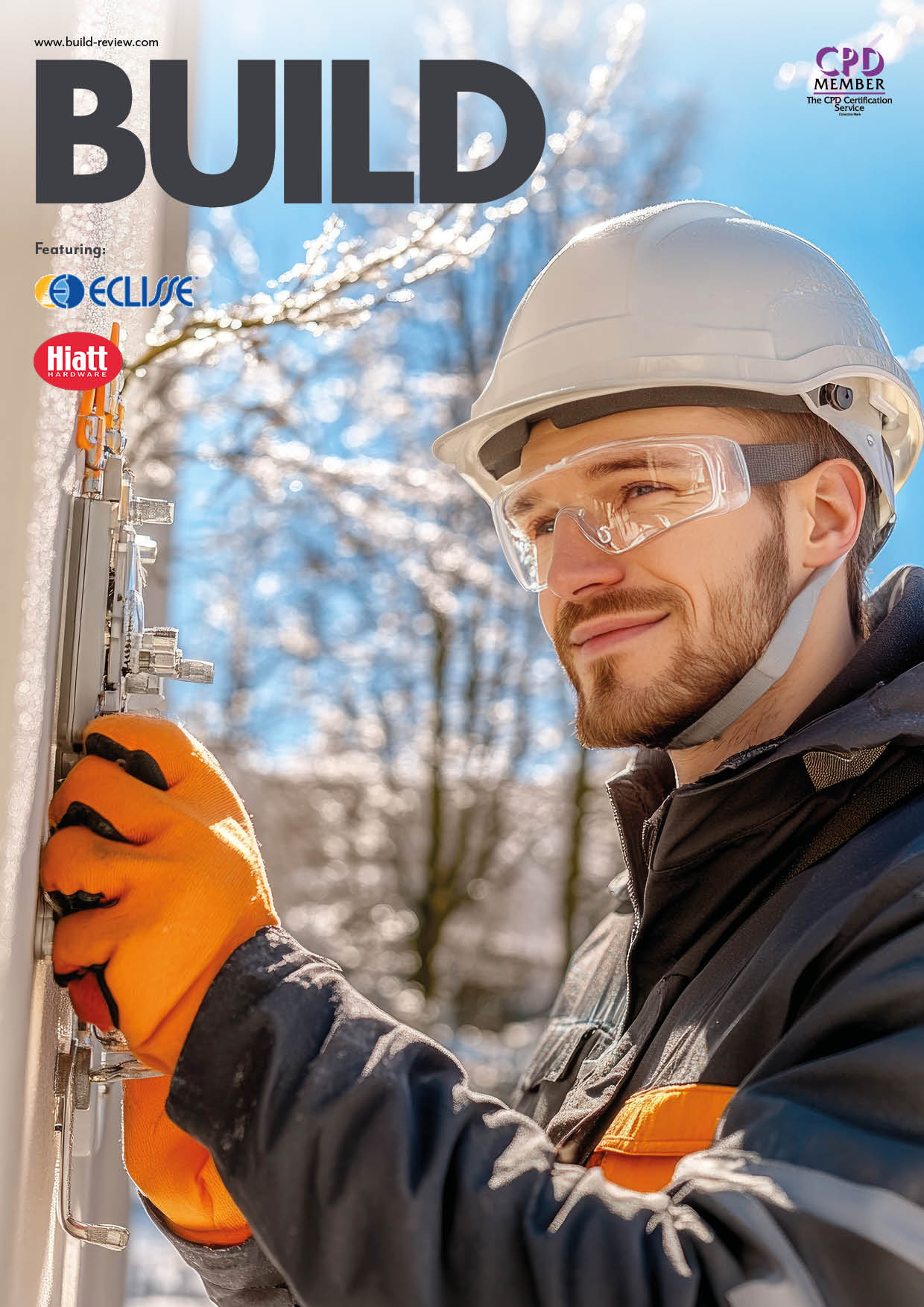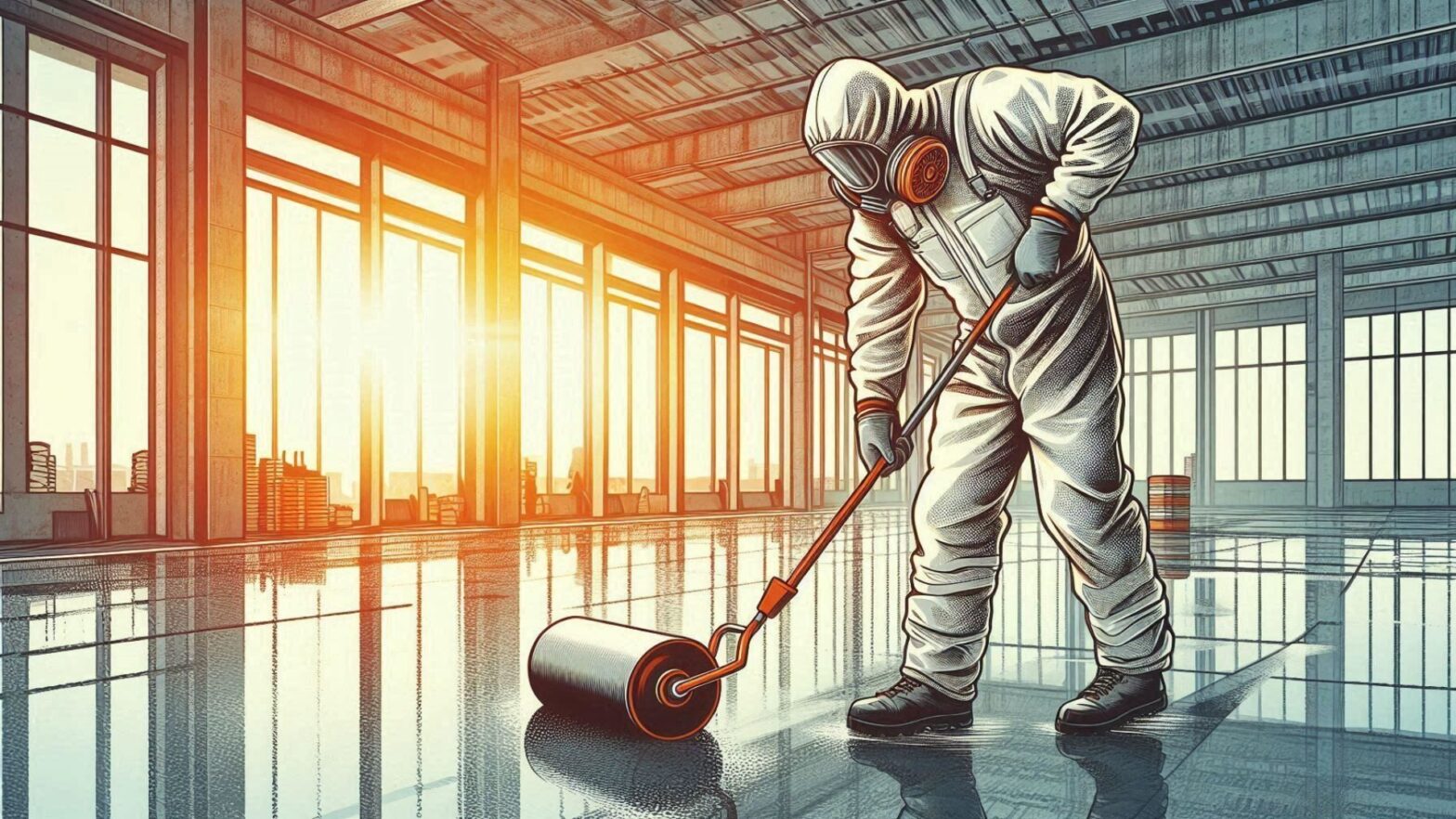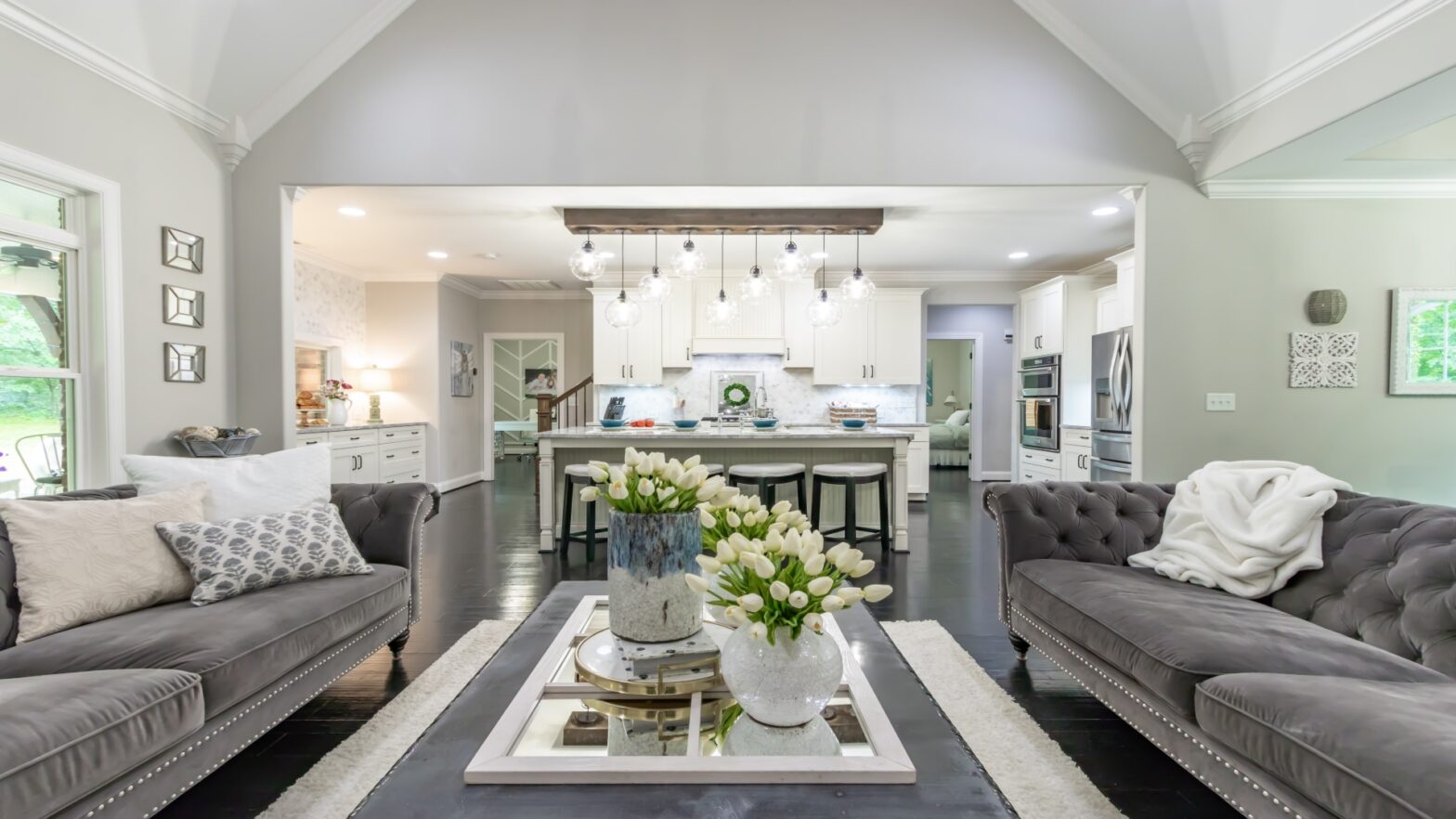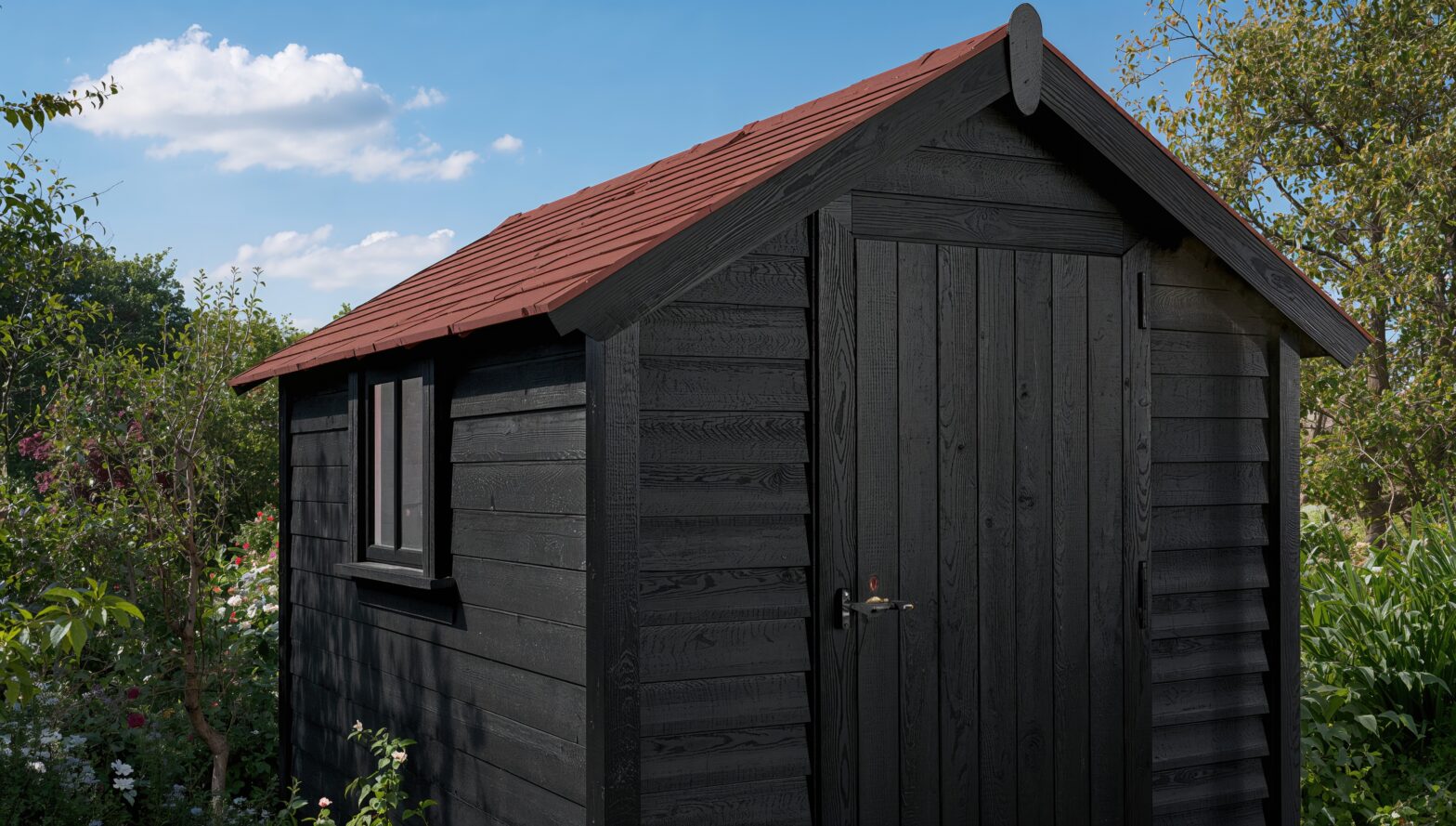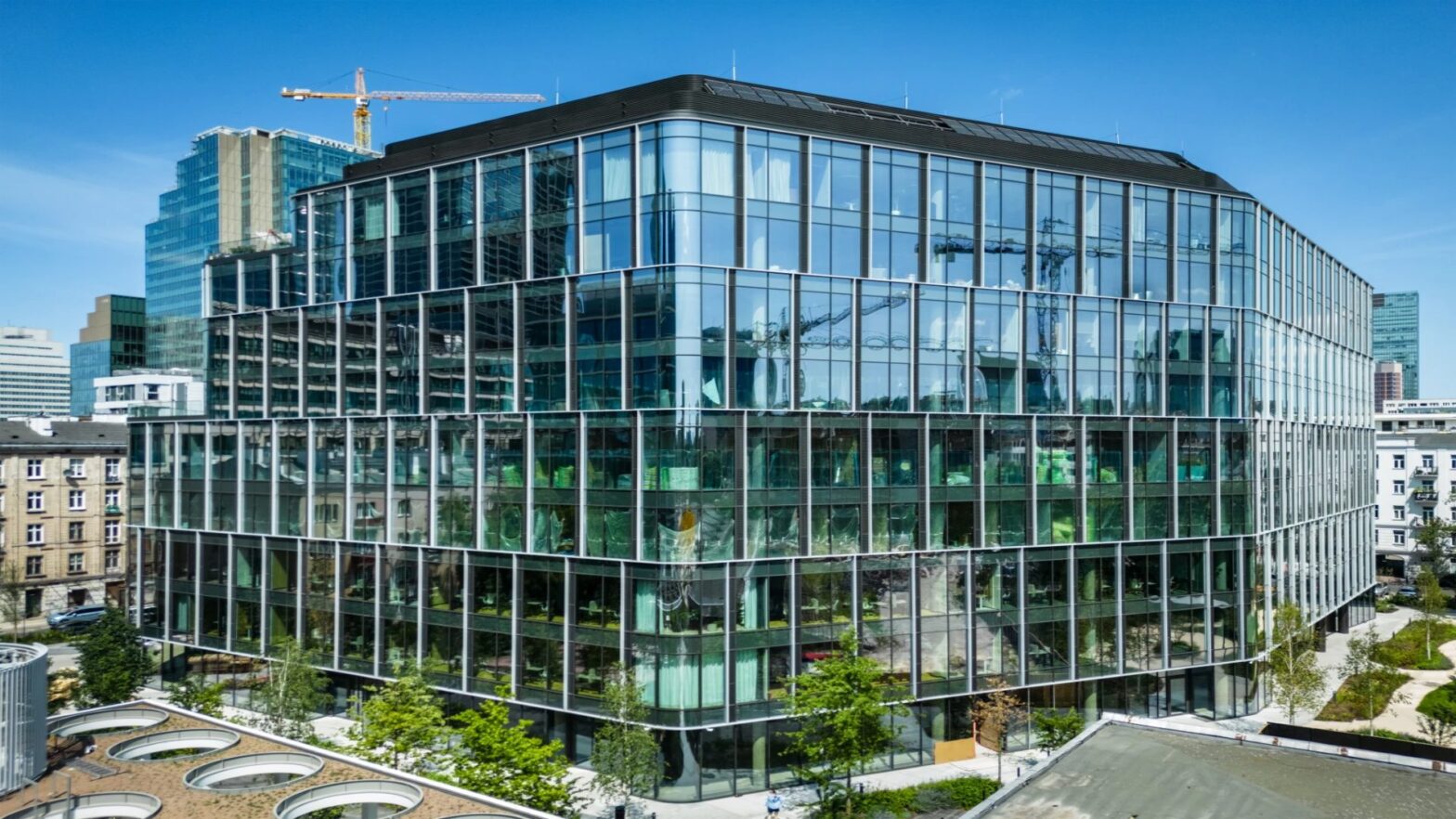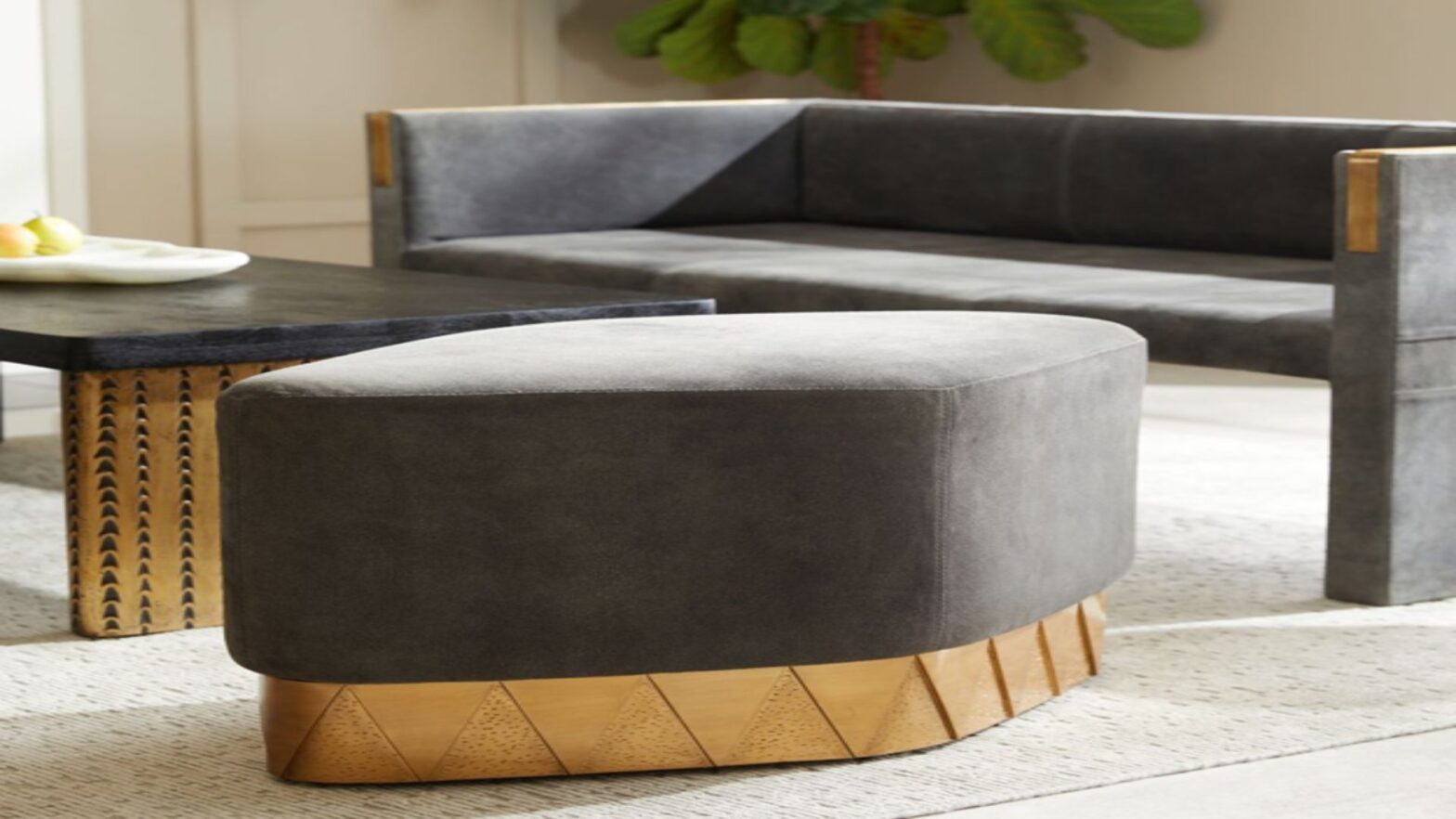The exterior surface of any building must withstand harsh weather year-round, from freezing conditions in the winter to UV rays in the summer. Meanwhile interior elements are equally susceptible to the pernicious impact of wear and tear as the years pass.
The good news is that protective coatings are a great way to shield the underlying materials used in modern structures from untimely degradation. Here’s a look at some of the top options in use today, and how they work.
Moisture Barriers and Waterproofing Solutions
Moisture is arguably the most persistent and widespread threat to building longevity. Thankfully, effective moisture barriers and waterproofing solutions help keep this enemy at bay, ensuring structures stay intact longer.
There are various options available. For instance:
- Liquid-applied membranes create seamless seals perfect for complex architectural designs.
- Sheet membranes provide consistent thickness and are great for straightforward layouts.
- Cementitious coatings offer ease of application, and are often used in interior spaces like basements.
It’s also necessary to apply protective coatings to materials and devices used internally in buildings as well, since moisture can still find its way inside and wreak havoc. Again there are all sorts of breakthroughs that make a difference here.
For example, the properties of parylene coating stand out due to their uniform application and resistance to water penetration. This makes it ideal for protecting electrical components within buildings.
These solutions each bring unique advantages. Chiefly, they can:
- Prevent mold growth by keeping interiors dry.
- Reduce maintenance costs linked with water damage repair.
With the right choice, you can protect both the aesthetics and the structural integrity of any project that would otherwise be compromised by moisture exposure and ingress.
The Benefits of Using Epoxy Coatings
Epoxy coatings are a favorite in construction for good reason, and form a $40.72 billion global market which is still growing. They’re durable and offer strong adhesion, making them ideal for protecting various surfaces against wear and tear.
Specifically:
- Self-leveling epoxy is perfect for creating smooth, attractive floor finishes.
- Epoxy mortar offers exceptional toughness and can repair existing cracks.
These types each have their strengths. For example:
- Chemical resistance protects floors from spills in industrial settings.
- High durability ensures the surface remains intact under heavy foot traffic or equipment use.
For instance, an office building stands to benefit from epoxy-coated floors. The aesthetic appeal of the underlying design is preserved as it resists stains and scuffs. It also reduces maintenance needs over time, saving on costs related to regular upkeep.
Ultimately, selecting the right epoxy coating type enhances both form and function within your structure by providing long-lasting protection without compromising looks or safety.
UV-Resistant Finishes for Longevity
It’s no secret that sun exposure can degrade building materials over time. UV-resistant finishes are the answer, protecting surfaces from natural light and extending the lifespan of structures.
Some options include:
- Polyurethane coatings, which offer robust UV resistance and flexibility, and are ideal for exterior wood.
- Acrylic coatings, which provide clear protection without altering the substrate’s appearance.
These types come with unique benefits, in that:
- They prevent fading or chalking on painted surfaces.
- They minimize surface cracking due to sun damage.
Let’s say you’re working on a coastal property which is constantly exposed to sunlight throughout the year. A polyurethane finish shields wood sidings from deterioration, maintaining both durability and visual appeal even in harsh conditions. As such, it’s a no-brainer.
The Last Word
As you can see, a well-chosen selection of protective coatings can keep your carefully-chosen construction materials safe, strong and looking good for a lot longer. That’s why it’s not only sensible to use them liberally, but also to work with specialists who know exactly which combination of products will serve the needs of your project.

